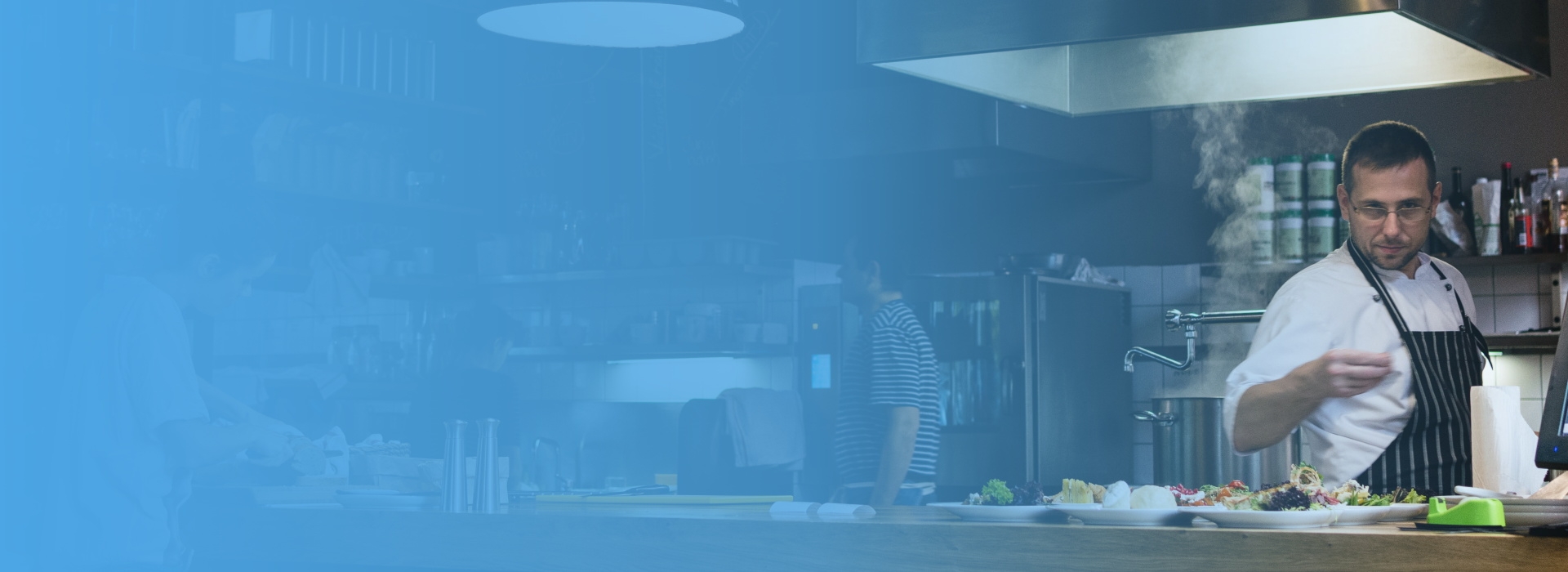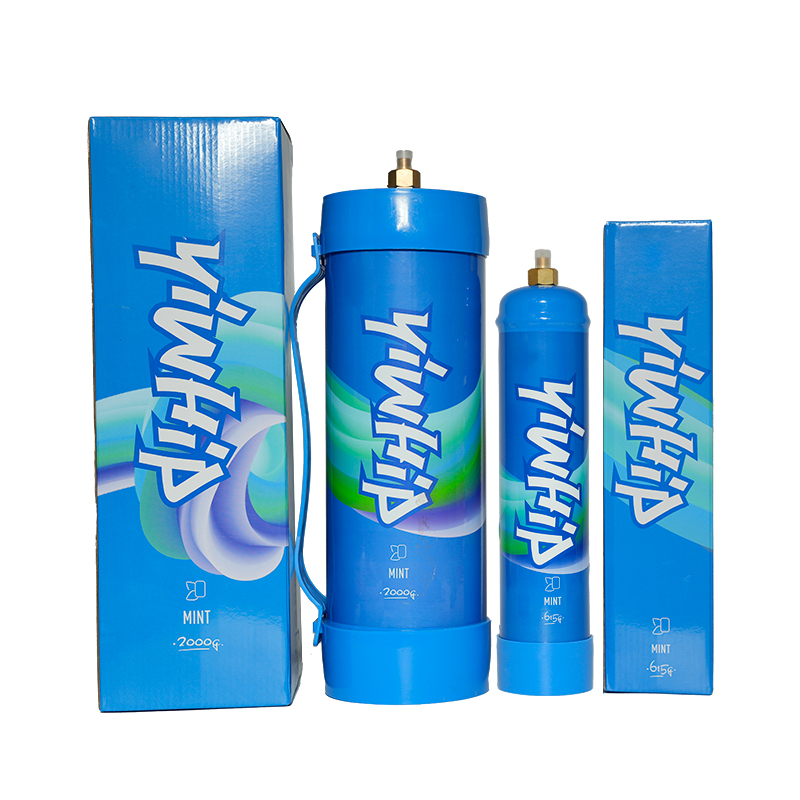Understanding Cream Chargers and Why Supplier Choice Matters
In today's highly competitive market, every ingredient used to craft a perfect experience in cafés and restaurants counts—including nitrous oxide chargers, otherwise known as cream chargers. While they might seem inconspicuous, the suppliers behind these products play an outsize role in shaping consistency, flavor delivery, cost efficiency—and ultimately—customer loyalty. Yet far too many entrepreneurs and culinary innovators overlook one crucial aspect: sourcing them from the correct supplier. Choosing unwisely often leads to unseen but costly pitfalls.The Financial Impact: Direct and Indirect Costs
Many chefs and small business owners only see the sticker price of each individual nitrous oxide charger. However, beneath the polished surface of an attractively priced option, layers of expense start to reveal themselves over time.- Unreliable supply timing causing stock gaps during peak sales hours
- Inconsistent output levels disrupting whip texture and flavor presentation
- Bottlenecked productivity from repeated troubleshooting of malfunctioning cartridges
The Quality Trap and What It Really Costs Your Kitchen
You've probably heard of counterfeit electronic gadgets on Amazon. Surprisingly enough, something similar plays out daily in the food sector—even at higher-profile events. Imagine this: a renowned bakery orders what seems like bulk N₂O canisters at wholesale prices from an unknown third-party seller—no certifications checked—and begins experiencing irregular whipped results, odd-tasting mousses, and even faint odors. By the weekend rush, three whole catering batches are scrapped due to unpalatable inconsistencies and customer feedback becomes harsher by day. **Hidden costs include:**- Spoilage: wasted materials when faulty chargers ruin whipped creams before they're ever served
- Downtime losses: minutes eaten up per service trying to figure which canister works
- Staff frustration penalties: reduced morale among kitchen crew
Mixing Ethics with Economy: Certifications Make A Difference
France has long been a hub of culinary craftsmanship—and global consumers know and expect that French gastronomy is serious about sourcing standards, product ethics, and safety norms that meet strict guidelines. Now comes the twist: some U.S. vendors don't hold equivalent quality assurances. Even within the US, compliance standards can vary greatly. For European kitchens operating in American markets, or working with transatlantic supply models, selecting NSF-certified, ISO-approved, and legally traceable gas suppliers is not a suggestion—it’s a strategic must-do, especially where reputational stakes are involved. Consider that: - Not every cream charger supplier complies with Oxide purity level benchmarks upheld under FDA standards - Many operate in grey export territory, meaning legal recourse in cases of damage, fraud, or breach of order conditions may not apply This opens not just operational vulnerabilities, but liability risks for restaurants importing under such arrangements. If maintaining your kitchen’s integrity across continents sounds important—rest assured, it should be a priority now more than ever.Critical Selection Guidelines When Choosing Whipped Cream Charger Suppliers
Selecting the wrong charger partner often feels right initially—a low-cost bid wins the pitch easily—but true compatibility reveals itself slowly through repeated performance over weeks or seasons. The following check-list provides actionable clarity for operators navigating this decision-making labyrinth:- Evaluate official certifications from agencies like NSF International and DOT compliance documents.
- Contact previous international clients (particularly within the EU/Italy/France/Nordics) for direct testimonial confirmation.
- Perform test purchases first to assess packaging quality, labeling compliance and actual usage rate.
- Vet shipping reliability through prior delivery windows to verify on-time arrival percentages under pressure cycles (summer demand surges, peak holidays, winter disruptions)
- Benchmark product longevity in usage scenarios relevant to dessert-based businesses.
Prioritizing Stability: Why the Cost to Switch Now Is Less Than You Think
Still holding onto your current cream charger provider because “it’s easier" may be the quiet killer of margins no one’s watching closely enough. The cumulative effects outlined previously aren’t theoretical: they manifest as dips in revenue per seat-hour ratio in dining operations, rising guest complaint records, increased equipment wear-and-tear from inconsistent charging patterns. More importantly—switching partners today is a preventive strategy. You won’t lose more than trial samples cost. The bigger concern? What happens when competitors make smarter choices earlier. ---Conclusion: Investing Today Prevents Expensive Errors Tomorrow
At the intersection of innovation and hospitality stands a singular realization—the minutiae in your supply chain matters deeply in crafting memorable dining moments. Whether you're based in Paris, Lyon, or Marseille and dealing internationally, making careful decisions regarding suppliers of seemingly minor components such as N₂O chargers sets the tone of credibility. It shows you treat every element—from espresso foam to deconstructed desserts—with precision worth paying a slight premium for. By being intentional today in how and whom you source from, tomorrow brings smoother kitchens, happier front-of-house teams, and above all, a clientele that leaves satisfied and eager for next time. Make your investment now—in reliability, quality, and foresight—before hidden charges become liabilities you can’t afford to carry. ---- Risk Factors Identified:
- Potential spoilage | Operational disruptions | Reputational loss | Regulatory noncompliance | Legal accountability | Brand degradation
- Action Steps Suggested:
- Analyzing certification history | Prioritizing ethical sourcing | Conducting trials before scale purchase | Validating international fulfillment capacities | Auditing delivery performance under load
Remember, not all suppliers create equal user value. Take your culinary ambitions further—not just today, but every tomorrow beyond it—by choosing carefully today, especially across the Atlantic ocean where cultural nuance blends seamlessly with supply assurance.

